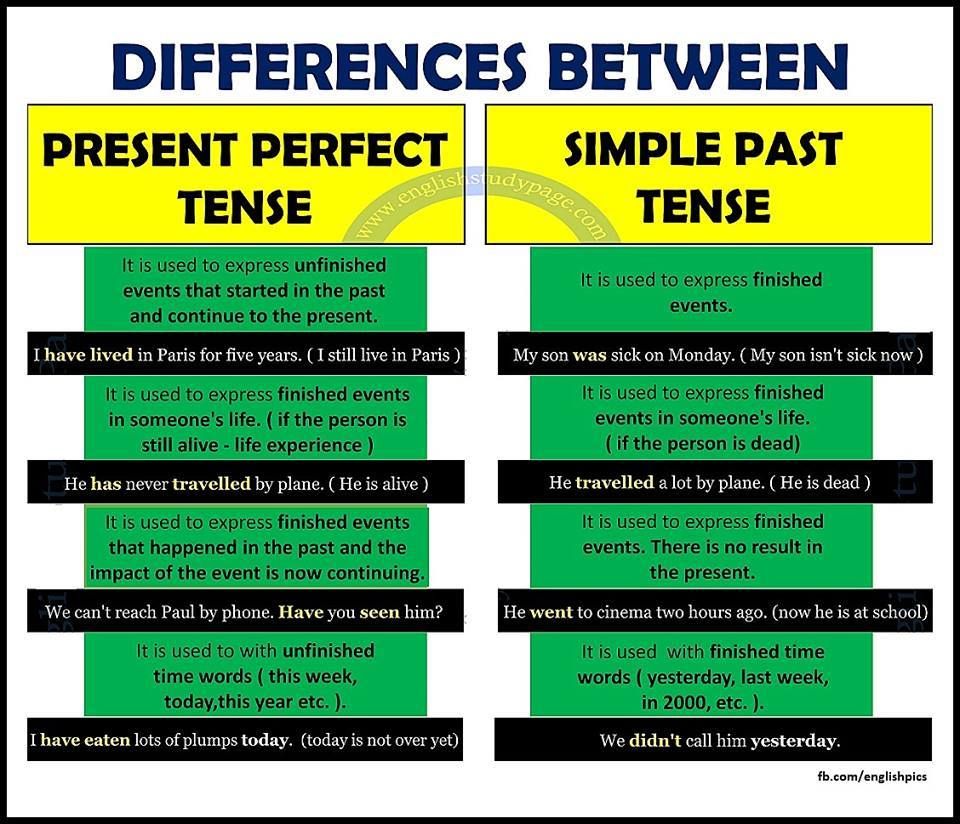
It will refer to an action with specific time in the past. Generally speaking, we can say that it is easy to understand what a sentence means which is formed with preterite. It is worth emphasizing that the imperfect tense is used for the past actions which cannot be seen as complete. In the latter tense, you can express time but it should indicate a period over which the action took place. The imperfect tense is used for the past actions which took place with no definite beginning and end. As explained in the related lessons, the preterite is used if the past action being referred is complete and if you give a specific time. Because the two past tenses refer to the simple past tense and English has only one type of it. ¿ya hiciste tu tarea? have you done homework already?)Īs you see from the examples, the sentences with “ya” is formed with the preterite.ĭeciding whether you should use preterite or imperfect can be quite cumbersome.¿ya terminaste? (have you finished already?).The Spanish word for yet and already is “ya”. On the other hand, you should use preterite in Spanish. In English, if you use yet and already, you would use present perfect tense generally.

This is the primary difference between the uses of these two tenses in Spanish and English. However, there is an important fact you should be aware of. And you should use the preterite for the situations when you would use simple past tense in English, for example I gave, spoke etc. In short, you should use present perfect tense for the situations when you would say for example I have done, I have studied etc. The difference between the present perfect and the preterite is the same as the difference between the corresponding tenses in English. The past perfect is used to refer to actions which were completed when another action has happened.īroadly speaking, we can make the same comment as above. The present perfect is used for the actions which are not finished yet. The difference between present perfect and past perfect is more or less the same as the difference between their counterparts in English. In this lesson we will review and compare the different uses of the four past tenses of Spanish.

There we saw the main uses of each tense as well as the conjugations of regular and irregular verbs. In the last five lessons, the indicative past tense topic was handled. Linguim » Learn Spanish » Intermediate » Comparison of Past Tenses in Spanish Comparison of Past Tenses in Spanish Choose a language and start learning! Welcome! Join |
PRESENT PERFECT VS PAST PERFECT SPANISH FREE
allows you to learn new languages completely free of charge.


 0 kommentar(er)
0 kommentar(er)
